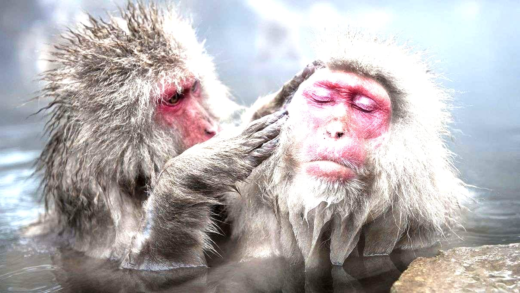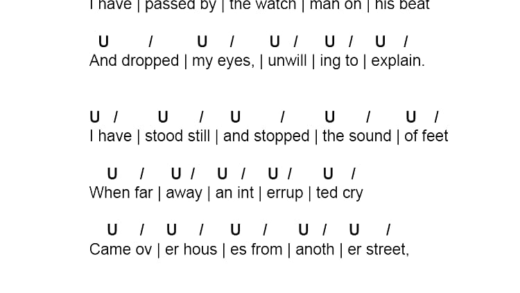Gorilla chest beating is a complex behavior indicating dominance and aggression. It plays a vital role in communication, social structure, and mate attraction. Research shows it enhances group cohesion and varies across populations. Similar behaviors are observed in other species, highlighting its evolutionary significance.
Why Gorillas Beat Their Chests
Gorilla chest beating is a prominent behavior that serves multiple purposes in their social and communication practices. This distinctive action, characterized by the powerful thumping of their chests, signifies several important aspects of gorilla life.
- Establishing Dominance: Male gorillas often beat their chests to assert dominance over rivals. This display of strength and power can deter potential threats and competitors.
- Attracting Attention: Chest beating can attract the attention of both females and other group members. It is often part of courtship rituals, signaling to potential mates.
- Emotional Expression: Gorillas may use this behavior to express excitement, agitation, or frustration. It’s a way for them to communicate their emotional state to others in their group.
Overall, gorilla chest beating is not merely an instinctive action; it plays a crucial role in their social interactions and the maintenance of group dynamics.
The Communication Aspect
Gorilla communication behavior is complex and multifaceted, with chest beating being a significant component. This behavior acts as a vocalization, complementing other forms of communication such as vocal calls and body language.
- Non-verbal Signals: Chest beating serves as a powerful non-verbal signal that conveys a variety of messages, from warning others of danger to signaling excitement.
- Group Cohesion: By engaging in this behavior, gorillas can reinforce social bonds within their groups, facilitating cohesion and unity among members.
- Hierarchy Indicators: The frequency and intensity of chest beating can reflect an individual’s status within the social hierarchy, with more dominant individuals displaying this behavior more frequently.
Thus, chest beating is an essential aspect of gorilla communication, enabling them to express emotions, assert dominance, and maintain social ties.
Social Structure Influence
The social structure of gorillas is heavily influenced by behaviors like chest beating. This action plays a vital role in the dynamics of group interactions and hierarchy.
- Dominance Hierarchy: In gorilla groups, chest beating is often associated with displays of power. Dominant males use this behavior to reinforce their position, while subordinates may refrain from it to avoid confrontation.
- Group Interactions: Chest beating can affect the interactions within the group. When a dominant male beats his chest, it may lead to submission from lower-ranking members, altering the group’s behavior dynamics.
- Conflict Resolution: This behavior can also serve as a way to mediate conflicts. By demonstrating strength, a gorilla may defuse a tense situation or prevent aggressive encounters.
In summary, chest beating is not just a display; it is intricately linked to the social fabric of gorilla groups, influencing their structure and interactions.
Gender Differences in Chest Beating
Gorilla chest beating exhibits distinct differences between males and females, each with unique motivations. Male gorillas primarily engage in chest beating to assert their dominance and establish their position within the social hierarchy. This behavior signals strength, often deterring rivals and attracting mates. For males, it’s a clear display of power, often accompanied by other aggressive postures.
- Male Gorillas: Chest beating is predominantly seen in males, especially during mating season. They beat their chests to showcase their fitness and readiness to mate, making themselves more appealing to females.
- Female Gorillas: While female gorillas may also engage in chest beating, it’s less common. Females typically use this behavior as a form of communication, signaling excitement or distress rather than dominance.
In summary, the motivations behind chest beating vary significantly between genders, with males focusing on dominance and attraction, while females use it primarily for communication.
Chest Beating and Mate Attraction
Chest beating plays a crucial role in mate attraction among gorillas. For male gorillas, this behavior is an essential part of their courtship strategy. By beating their chests, they send a clear message to potential mates about their strength and genetic fitness.
- Signaling Fitness: A powerful chest beat can indicate a male’s health and vitality. Females often prefer mates who exhibit strong chest beating, associating it with overall fitness.
- Courtship Rituals: Male gorillas incorporate chest beating into their courtship displays. This behavior, along with vocalizations and body language, creates a dynamic courtship atmosphere.
Overall, chest beating is not just about making noise; it’s a sophisticated strategy that influences mate selection and reproductive success.
Impact on Group Dynamics
Chest beating significantly affects interactions within gorilla groups, serving as a tool for establishing social order and mediating relationships. This behavior can alter the dynamics of a group in various ways.
- Reinforcing Hierarchies: When a dominant male beats his chest, it reinforces his status and can lead to submission from lower-ranking members. This display helps maintain order within the group.
- Conflict Mediation: In moments of tension, chest beating can serve as a non-violent method to diffuse conflicts. A loud chest beat may signal to others that aggression is not necessary.
In essence, chest beating is more than just a show of strength; it’s a vital behavior that influences the social structure and interactions among gorillas, fostering cohesion and stability within the group.
Indicators of Aggression and Dominance
Gorilla chest beating is a clear indicator of both aggression and dominance. When a male gorilla beats his chest, it often serves multiple purposes related to asserting power within the group. This action can be interpreted in several ways:
- Display of Power: Chest beating is primarily a show of strength. By making loud, rhythmic sounds, dominant males communicate their superior status to others, effectively warning rivals to back off.
- Aggressive Signals: In some contexts, chest beating may indicate imminent aggression. If a gorilla feels threatened or challenged, this behavior can escalate to physical confrontations, making it a precursor to conflict.
- Establishing Territory: Dominant males use chest beating to establish their territory. The sound carries over long distances, alerting other groups about their presence and deterring intruders.
In conclusion, chest beating is a multifaceted behavior that signals not only dominance but also potential aggression, influencing the dynamics of gorilla interactions.
Insights from Research
Researchers have extensively studied gorilla chest beating, highlighting its significance in social behavior and communication. Their findings reveal crucial insights:
- Communication Tool: Studies indicate that chest beating is a vital communication tool among gorillas, conveying a range of emotions and intentions beyond mere aggression.
- Social Cohesion: Research shows that engaging in chest beating can strengthen social bonds within groups, fostering cooperation and group cohesion.
- Behavioral Adaptations: Researchers have noted variations in chest beating across different populations, suggesting that environmental factors influence how this behavior is expressed.
Overall, scientific research underscores the complexity of gorilla chest beating, revealing its role as a critical component of their social fabric.
Comparative Animal Behavior
When comparing gorilla chest beating to similar behaviors in other animal species, several parallels emerge. This behavior is not unique to gorillas; other animals use similar actions to communicate:
- Chimpanzees: Like gorillas, chimpanzees exhibit chest beating and loud vocalizations as displays of dominance and excitement during social interactions.
- Birds: Certain bird species, such as peacocks, use visual displays and vocalizations to attract mates, similar to how gorillas use chest beating.
- Elephants: Elephants communicate through low-frequency sounds and physical displays, showing how different species utilize sound to convey information about social status and emotional states.
In summary, chest beating in gorillas reflects a broader pattern of animal behavior where physical displays serve critical communication and social functions.





Comments are closed.